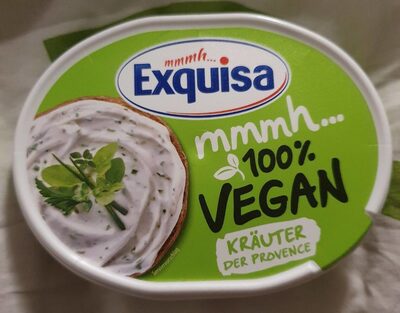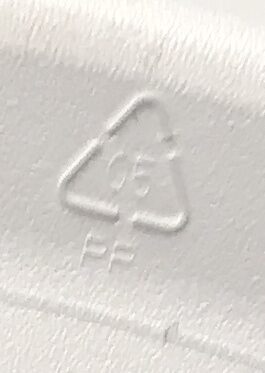Veganer Brotaufstrich Kräuter - Exquisa - 150 g
This product page is not complete. You can help to complete it by editing it and adding more data from the photos we have, or by taking more photos using the app for Android or iPhone/iPad. Thank you!
×
Barcode: 4019300169757 (EAN / EAN-13)
Quantity: 150 g
Packaging: Plastic, Pp-polypropylene
Brands: Exquisa
Categories: Plant-based foods and beverages, Plant-based foods, Spreads, Plant-based spreads
Labels, certifications, awards:
Vegetarian, Vegan, European Vegetarian Union, European Vegetarian Union Vegan

Countries where sold: Germany
Matching with your preferences
Report a problem
Data sources
Product added on by kiliweb
Last edit of product page on by inf.
Product page also edited by charlesnepote, ecoscore-impact-estimator, packbot, risajanda, yuka.sY2b0xO6T85zoF3NwEKvlkJmVP6B_w7EKQLvnGbQw4eHFZvTSMhixLrRLqg.
If the data is incomplete or incorrect, you can complete or correct it by editing this page.













